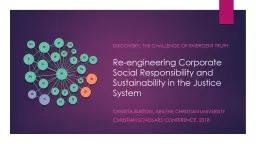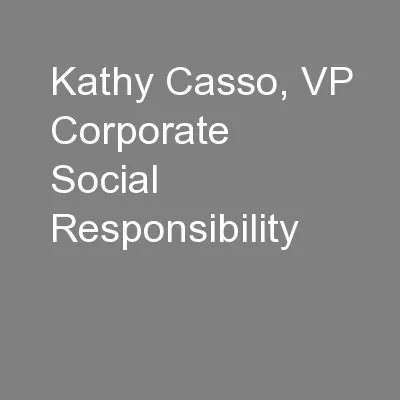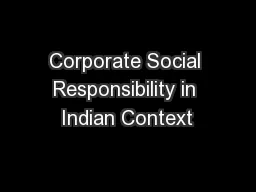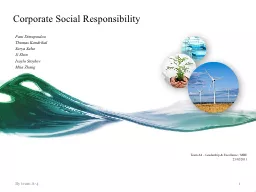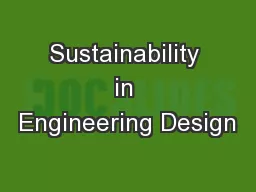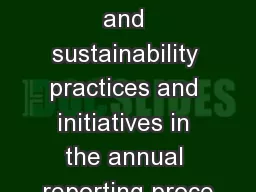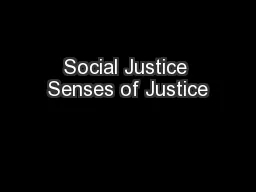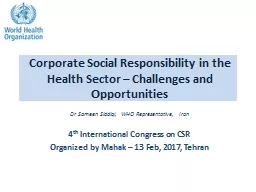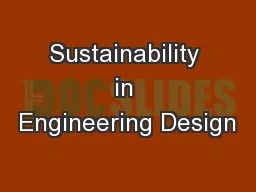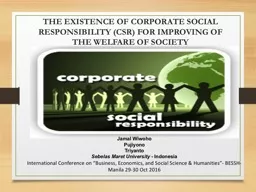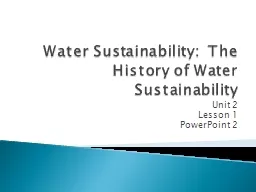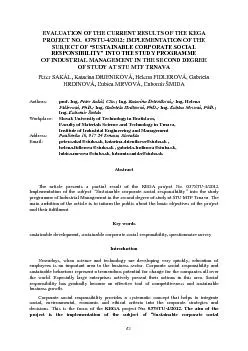PPT-Re-engineering Corporate Social Responsibility and Sustainability in the Justice System
Author : berey | Published Date : 2022-02-10
Discovery The Challenge of Emergent Truth ORNEITA BURTON ABILENE CHRISTIAN UNIVERSITY Christian Scholars conference 2018 Myth or Fact Research Reference Result
Presentation Embed Code
Download Presentation
Download Presentation The PPT/PDF document "Re-engineering Corporate Social Responsi..." is the property of its rightful owner. Permission is granted to download and print the materials on this website for personal, non-commercial use only, and to display it on your personal computer provided you do not modify the materials and that you retain all copyright notices contained in the materials. By downloading content from our website, you accept the terms of this agreement.
Re-engineering Corporate Social Responsibility and Sustainability in the Justice System: Transcript
Download Rules Of Document
"Re-engineering Corporate Social Responsibility and Sustainability in the Justice System"The content belongs to its owner. You may download and print it for personal use, without modification, and keep all copyright notices. By downloading, you agree to these terms.
Related Documents

